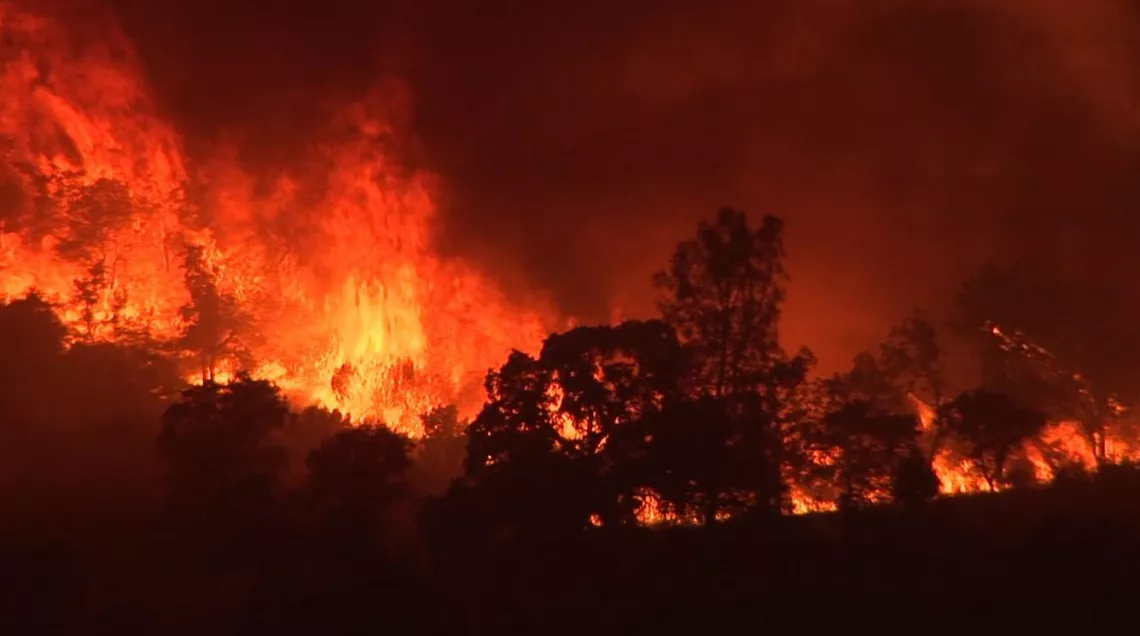Effective propaganda often exaggerates the truth. When talking about the Los Angeles County wildfires, President-Elect Trump and his ally, Elon Musk, are heavy on the exaggeration, light on the truth.
On January 8th, Musk said:
“These fires are easily avoidable, but nonsense regulations in California prevent action from being taken, so year after year homes burn down and more people die.”
Virtually no firefighter or fire scientist supports any of this.
It would be hard to find a firefighter or fire scientist who agrees. Please don’t try to tell our brave firefighters that wildfires are easily avoidable while they are working tirelessly around the clock to save homes and lives while facing some of the most complex and challenging fire conditions in the world.
What’s really going on? There is strong evidence that Southern California has experienced massive, typically wind-driven wildfires for hundreds of years, if not millennia. Powerful Santa Ana winds can push embers miles ahead, rapidly expanding fires, and the wind direction can suddenly change. Drought, low humidity, and increased fire frequency—mainly due to climate change—have exacerbated the situation. Additionally, Southern California’s complex topography channels winds through canyons and mountain passes, intensifying their speed.

Image courtesy of Tim Walton, Photo One Productions, CALFIRE.
Chaparral and coastal sage shrub vegetation play a critical role in Southern California’s fire ecology. These ecosystems, especially chaparral, are adapted to infrequent, intense fires that historically occurred every 30 to 100 years, allowing ample time to recover. However, the increasing frequency of fires disrupts these natural cycles and harms the ecosystems. When chaparral burns too often, it transforms into highly flammable grasslands.
Over the years, LA County has upgraded construction standards to reduce wildfire risks, requiring fire-resistant materials, stricter structural requirements, defensible space, and on-site water storage in high-risk areas to aid firefighting efforts. Without those standards, disaster would have been worse. Of course, there is more to do.
Yesterday, President-elect Trump also went on the political offensive, scoring a zero on the fact scale. He claimed that:
“Governor Gavin Newscum refused to sign the water restoration declaration put before him that would have allowed millions of gallons of water, from excess rain and snowmelt from the North, to flow daily into many parts of California, including the areas that are currently burning in a virtually apocalyptic way.”
This claim is unfounded. In a drought year, “excess rain and snow melt” is nonexistent. Even if it were available, the issue isn’t water supply but delivering water locally to fire hydrants under massive demand during wildfires.
- Rethinking development in fire-prone areas.
- Addressing climate change, including by eliminating the burning of fossil fuels
- Reducing human-caused ignitions, including those from infrastructure like power lines.
- Hardening homes against ember ignition through stricter building codes.
- Creating local water storage for emergency use in high fire-risk areas.
- Adjusting zoning to create buffers between homes and chaparral-heavy areas like the Angeles National Forest.
- Avoiding construction in topography that accelerates winds, such at the top of a canyon.
- Promoting denser housing away from fire-prone areas.
- These approaches are based on science and common sense—not politics. Special thanks to Jon Keeley of the USGS for several key points on reducing wildfire risk.
This post was authored by John Monsen. He is the Co-Chair of the Angeles Chapter’s Forest Committee and Campaign Manager for the Northern Angeles Forest Campaign. He received the Sierra Club California Award for Public Lands Activism in 2022 and the Chapter Extraordinary Achievement Award in 2017 for helping to establish the San Gabriel Mountain National Monument.